How to stop your dog or puppy from biting when it's playing: Expert advice from Ben Randall
Playful behaviour is a great way for dogs to explore the world around them and make new friends — but sometimes an overexcited puppy can take it too far and nipping can be painful and dangerous. Expert dog trainer Ben Randall explains how to stop your dog from biting during play
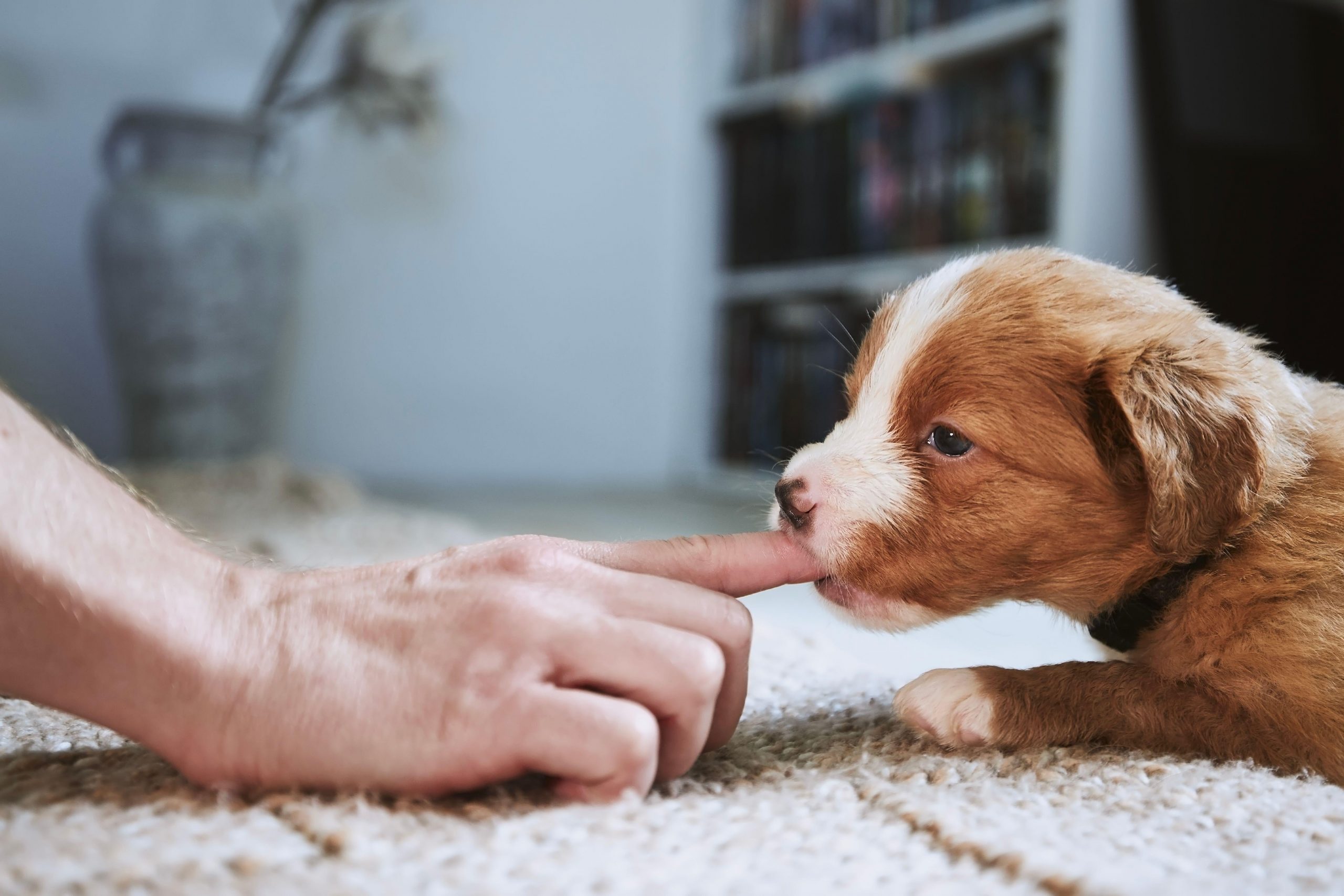

We all love watching our dogs having fun with their toys and it’s tempting to join in with their excitement, especially when they’re puppies. However, by doing so and allowing the dog to play in an uncontrolled and overexcited manner, he or she can consequently develop bad habits and unwelcome behaviour, such as nipping and biting, something we certainly don’t want to encourage.
‘We have a four month-old bichon-poo, who is tugging on rope toys to the extent that if he begins to lose the games or pulls on the toy too enthusiastically, he comes at our hands with his teeth,’ [writes L.S. via email.] ‘I could definitely use some help as to how to tackle this, please!’
By participating in this game of tug of war, you’re only encouraging this type of aggressive behaviour and creating a competition in which your dog thinks he needs to tear things away or snatch them from you. I would much prefer to teach my dog the ‘leave’ command and encourage them to search out the rope toy and retrieve it, then bring it back to me in a calm and relaxed manner, before I release it so that the dog has another fun opportunity to repeat the game.
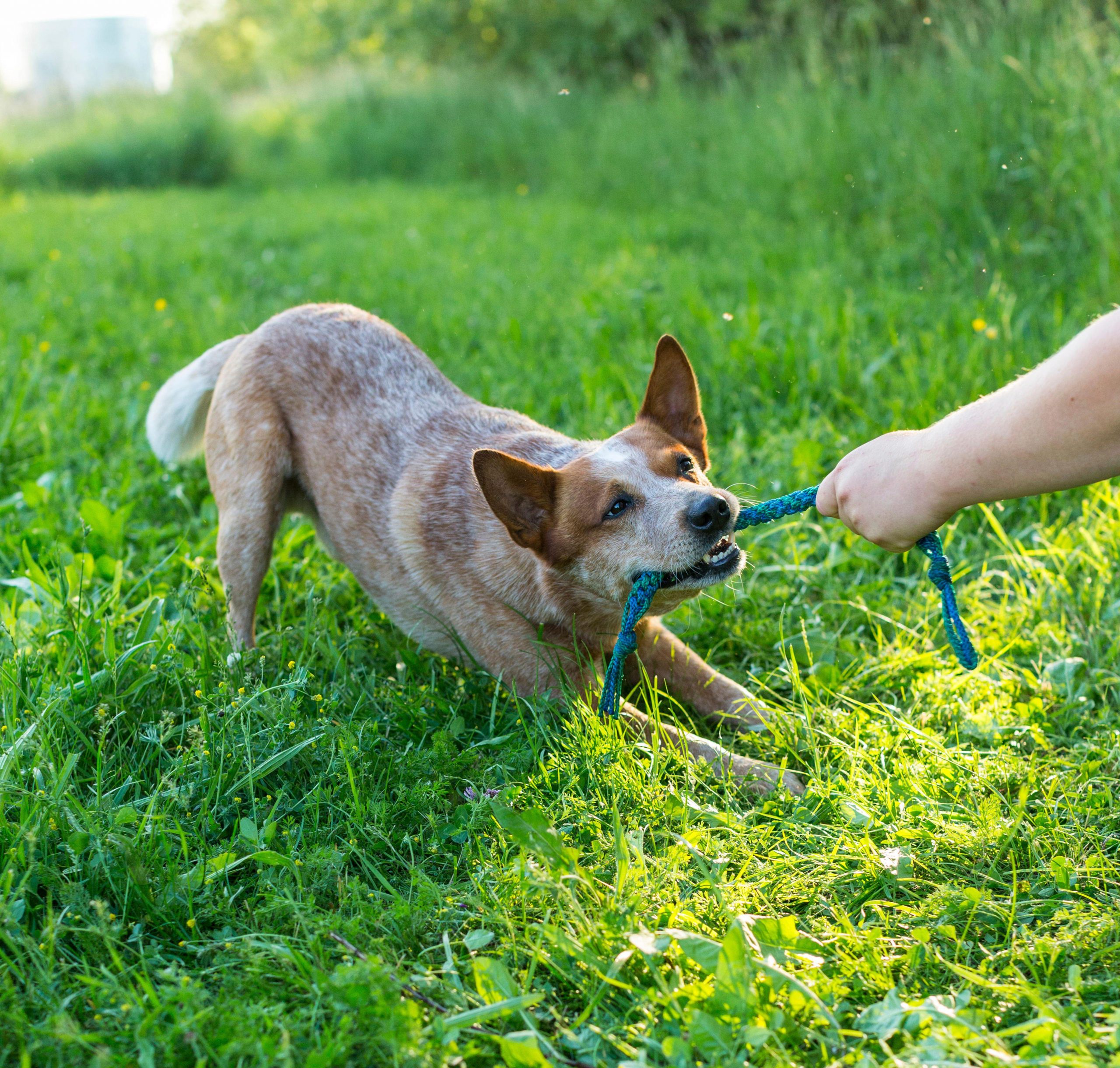
I’ve been perfecting my BG (Beggarbush) foundation methods for nearly 20 years now —you can ask me your own question by emailing paws-for-thought@futurenet.com, or see more about me @beggarbush on Instagram — and know the importance of interacting with your dog in a fun and trusting way, so that they look to you for positive, playful experiences that build a strong relationship between the two of you.
Four steps to teach your dog to stop aggressive behaviour during play
1. Use the ‘leave’ command
Teach the ‘leave’ command by holding the rope toy close to your dog and if/when he or she goes to grab it, quickly remove the rope from the area and give a sharp, firm ‘leave’ command. Continue to repeat this until you’re able to hold the rope toy in front of your dog without them going to grab it.
2. Start a new game
Once you’re happy that your dog is a lot calmer around the rope and they are not attempting to bite or tug the toy, you can progress to having some fun games. As we do with the BG foundations when teaching your dog to sit and wait patiently for their food — thereby asking them to sit and wait with a distraction — tell your dog to ‘sit’, then show them the rope toy. Walk to an area in the house and place the rope out of sight, then return to your dog, point in the direction where you’ve hidden the rope and give the ‘fetch’ command.
3. Retrieve and recall
When your dog has found the toy, recall him or her back to you, ask them to ‘sit’ again and remove the rope toy using the ‘leave’ command, then reward with lots of praise and/or a piece of kibble.
4. Progress to the great outdoors
Once you’re happy with all the above, you can progress to doing this exercise outside, especially during the summer months. Hide the rope in various locations around the garden, teaching the dog to use its nose to seek out the rope and bring it back to you. By doing this, your dog will no longer be bored and then get over excited when playing with you — consequently, they should stop play-biting.
Sign up for the Country Life Newsletter
Exquisite houses, the beauty of Nature, and how to get the most from your life, straight to your inbox.
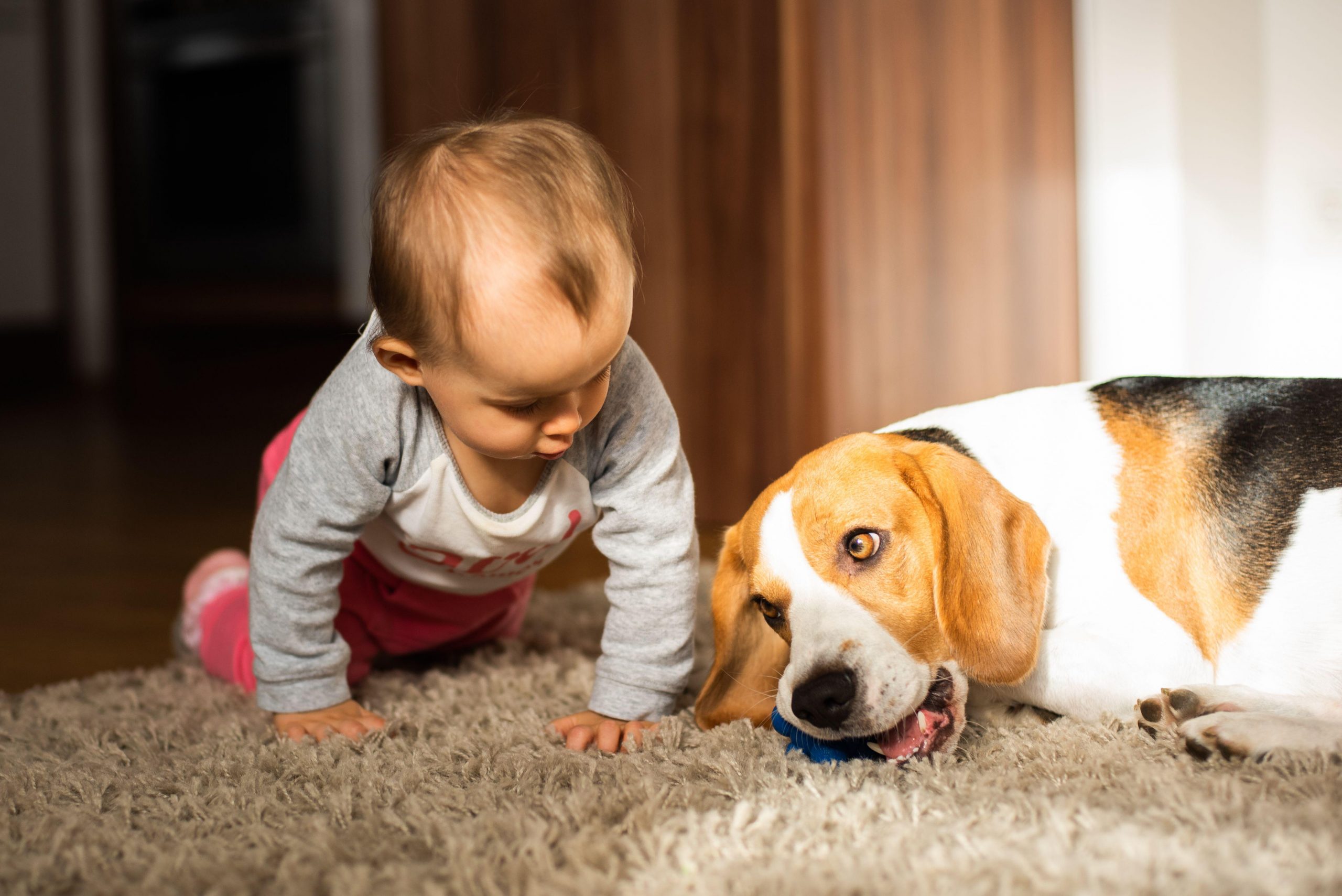
For more detailed advice about Ben Randall’s positive, reward-based and proven BG training methods, one-to-one training sessions, residential training or five-star dog-boarding at his BGHQ in Herefordshire, telephone 01531 670960 or visit www.ledburylodgekennels.co.uk. For a free seven-day trial of the Gundog app, which costs £24.99 a month or £249.99 a year, visit www.gundog.app/trial
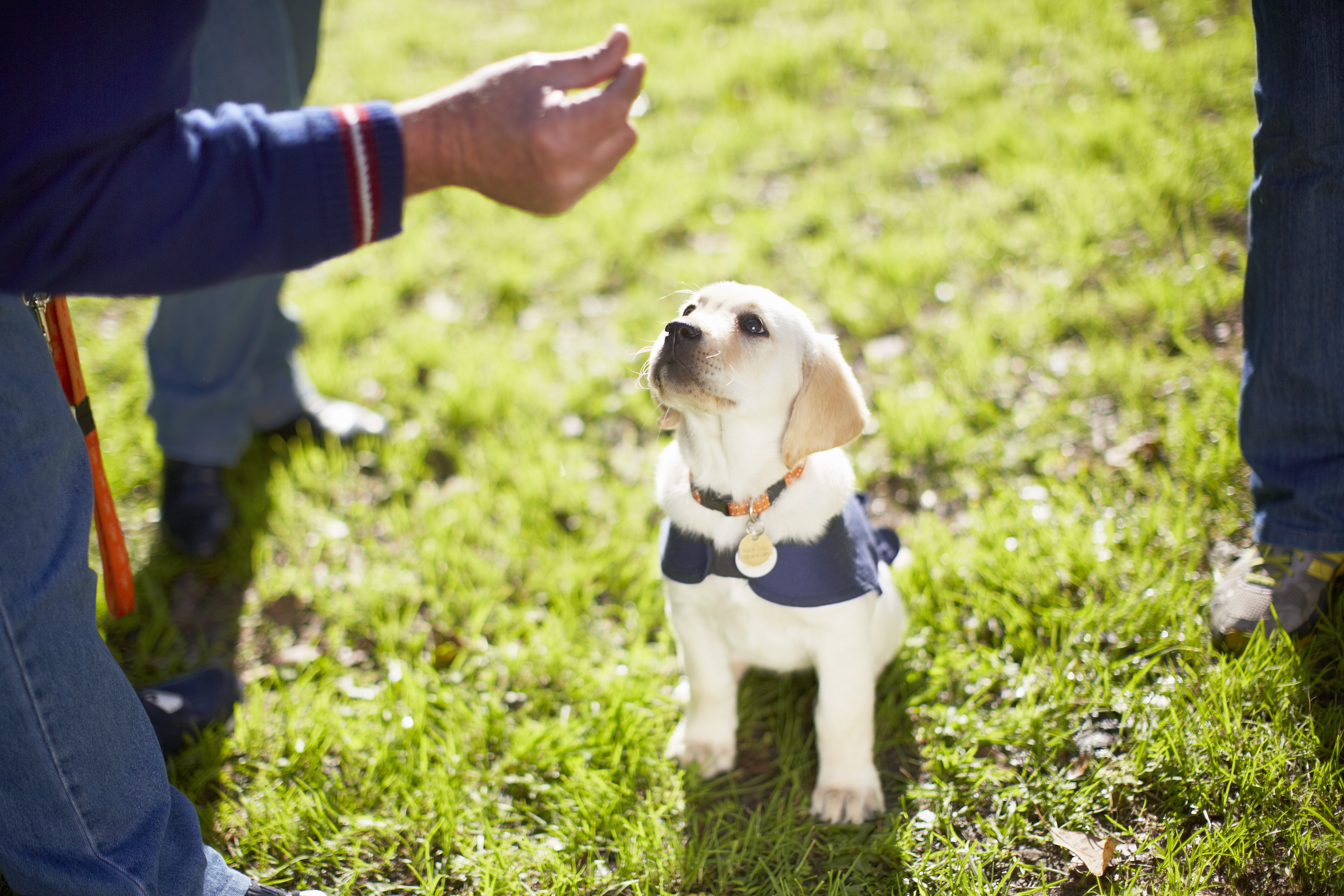
Credit: Getty Images/Westend61
How to teach a dog to sit: Five tips from leading dog trainer Ben Randall
Teaching your dog to sit is one of the most important things you can do — and it will help with
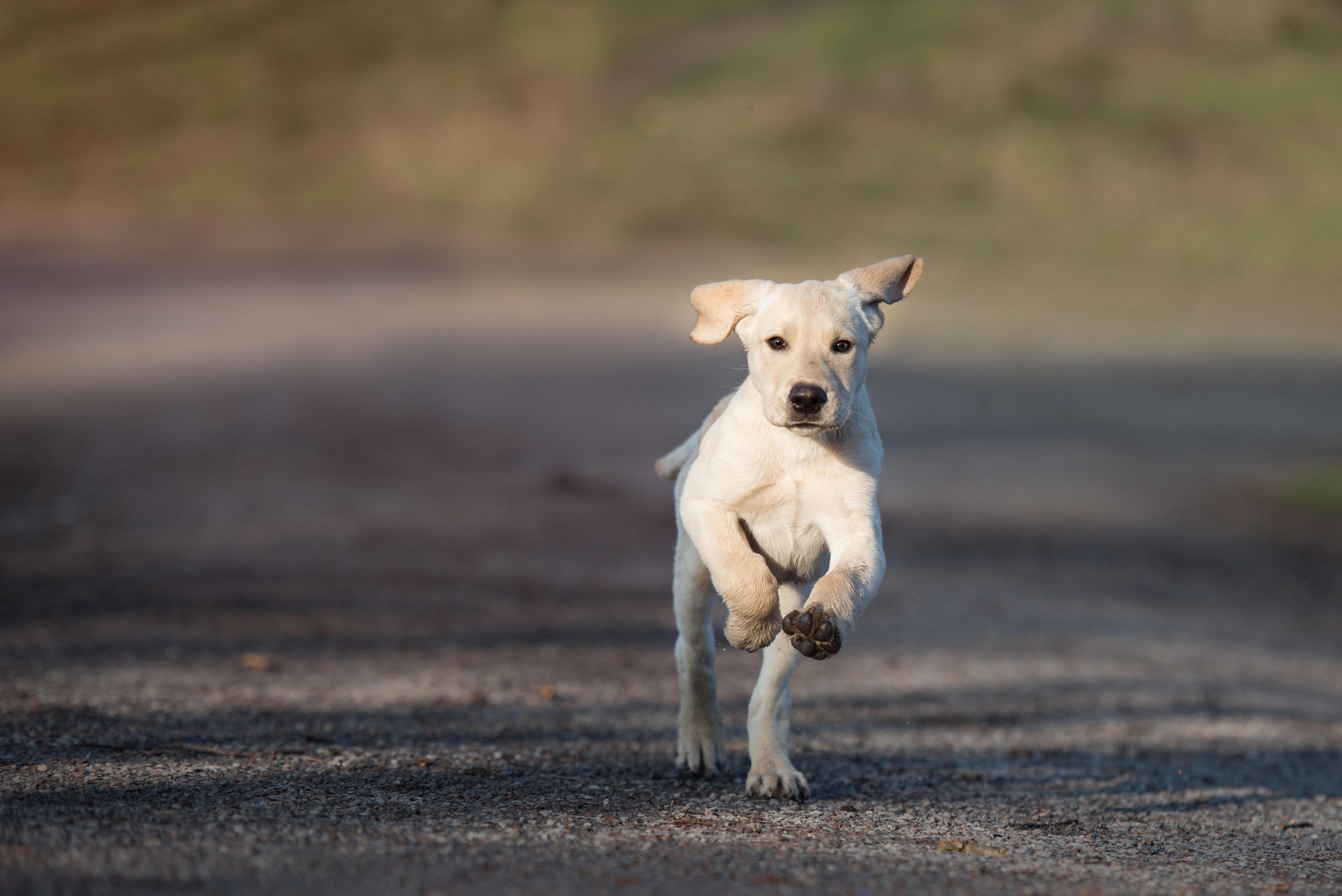
Credit: Alamy Stock Photo
How to stop a dog chasing cars: Six tips from top dog-trainer Ben Randall
Watching your dog run after traffic can be heart-stoppingly scary — but it's also a difficult habit to break. Ben Randall,
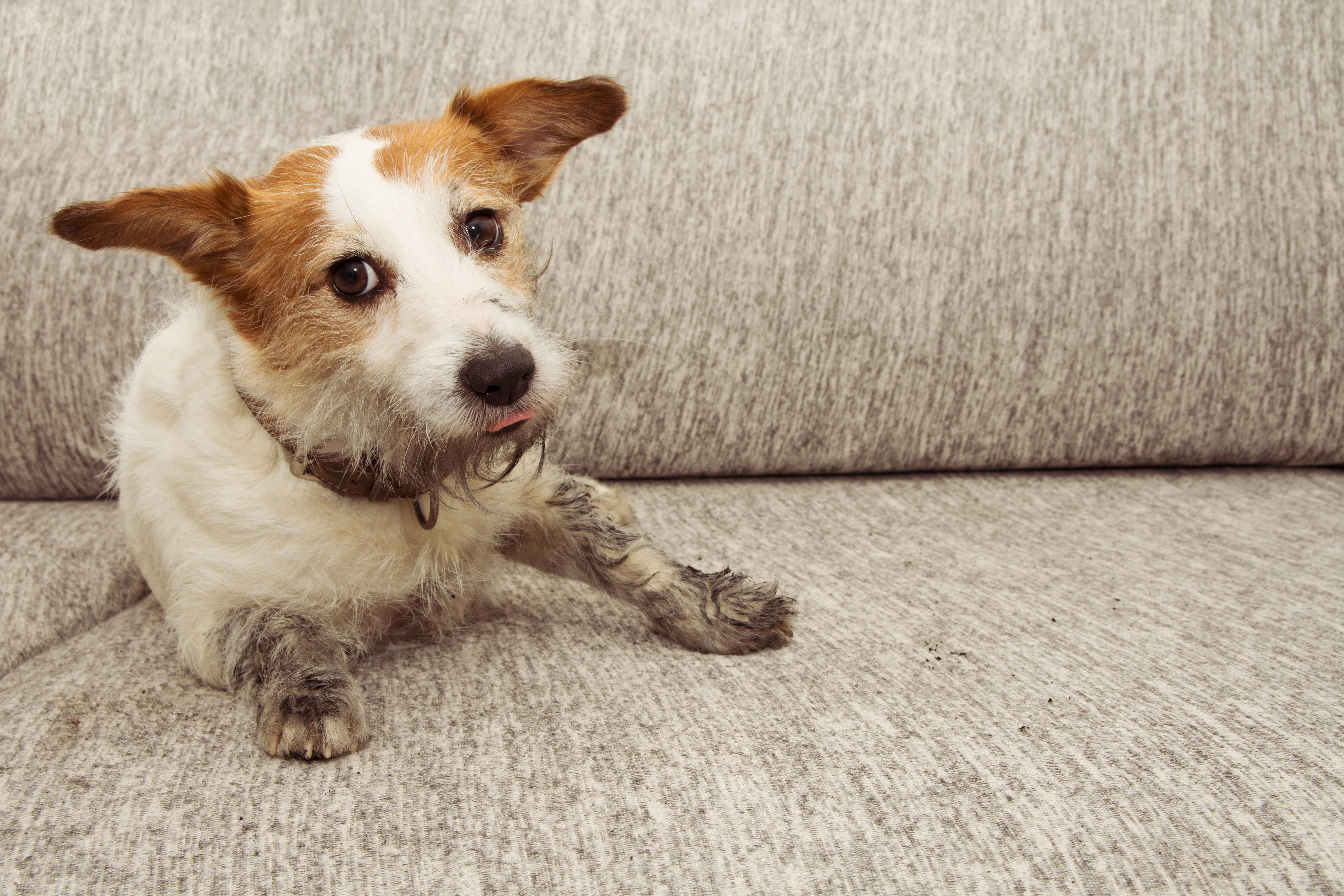
Credit: Alamy
How to keep a dog off the sofa, by top trainer Ben Randall
Fed up with Fido leaping onto the furniture — whether it's your sofa, armchair, or your bed — whenever he
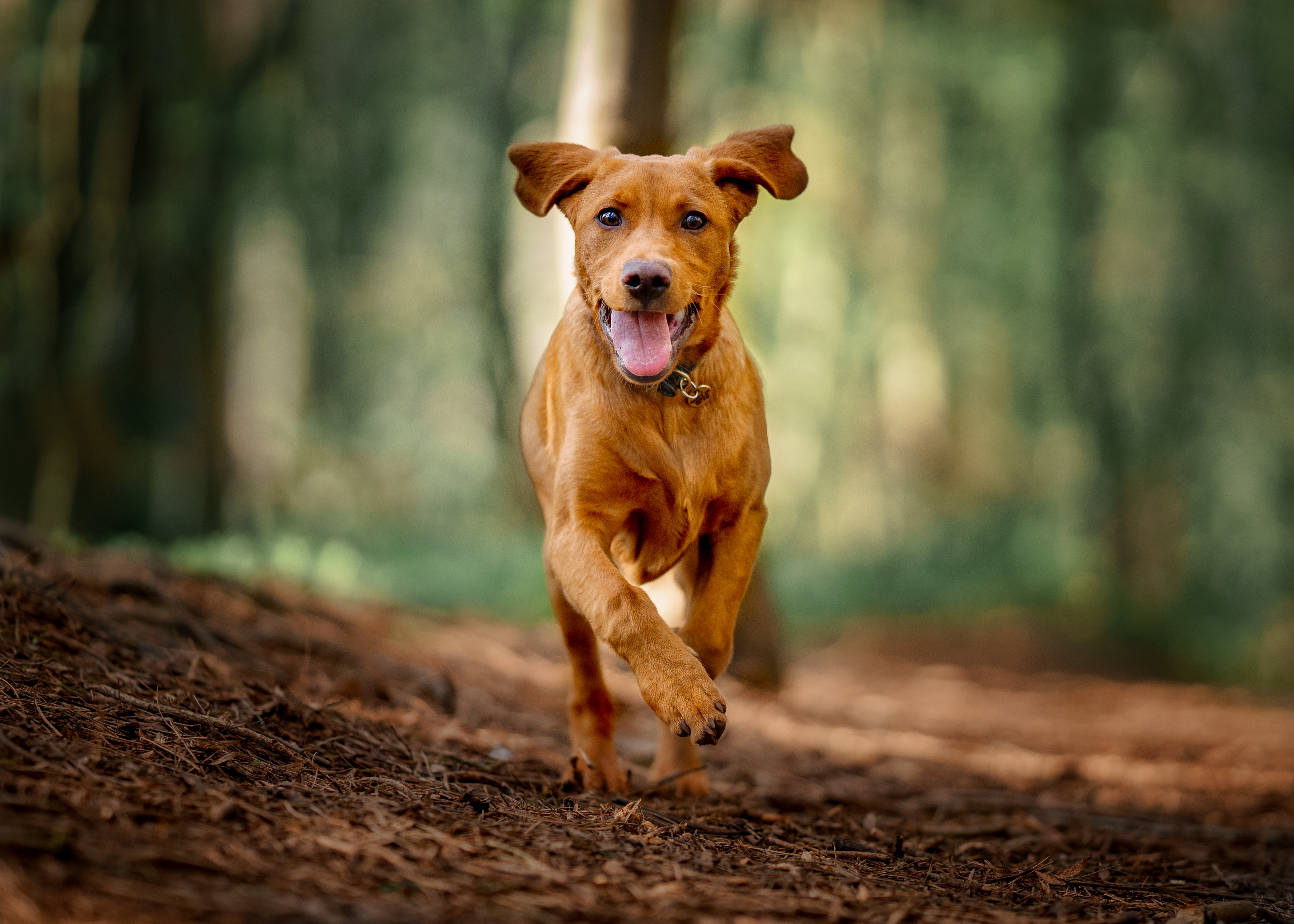
Credit: Getty Images
Dog recall training: Six tips from champion dog trainer Ben Randall
Training your dog is not easy — and with the huge recent rise in dog ownership, it's never been a better
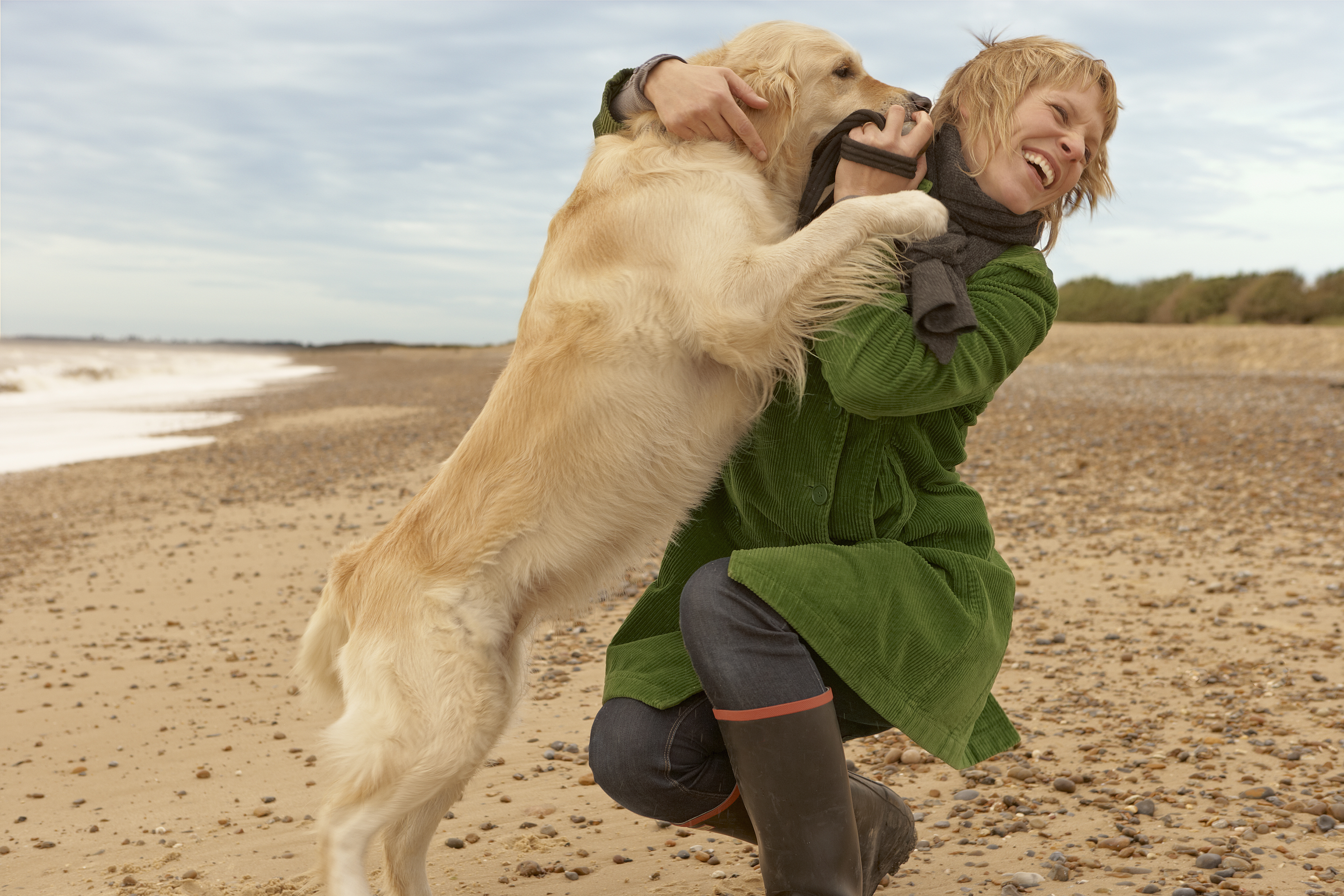
How to stop your dog jumping up, by expert trainer Ben Randall
It’s easy to dismiss our dogs’ love of jumping up on us — and other people — as friendly boisterousness,
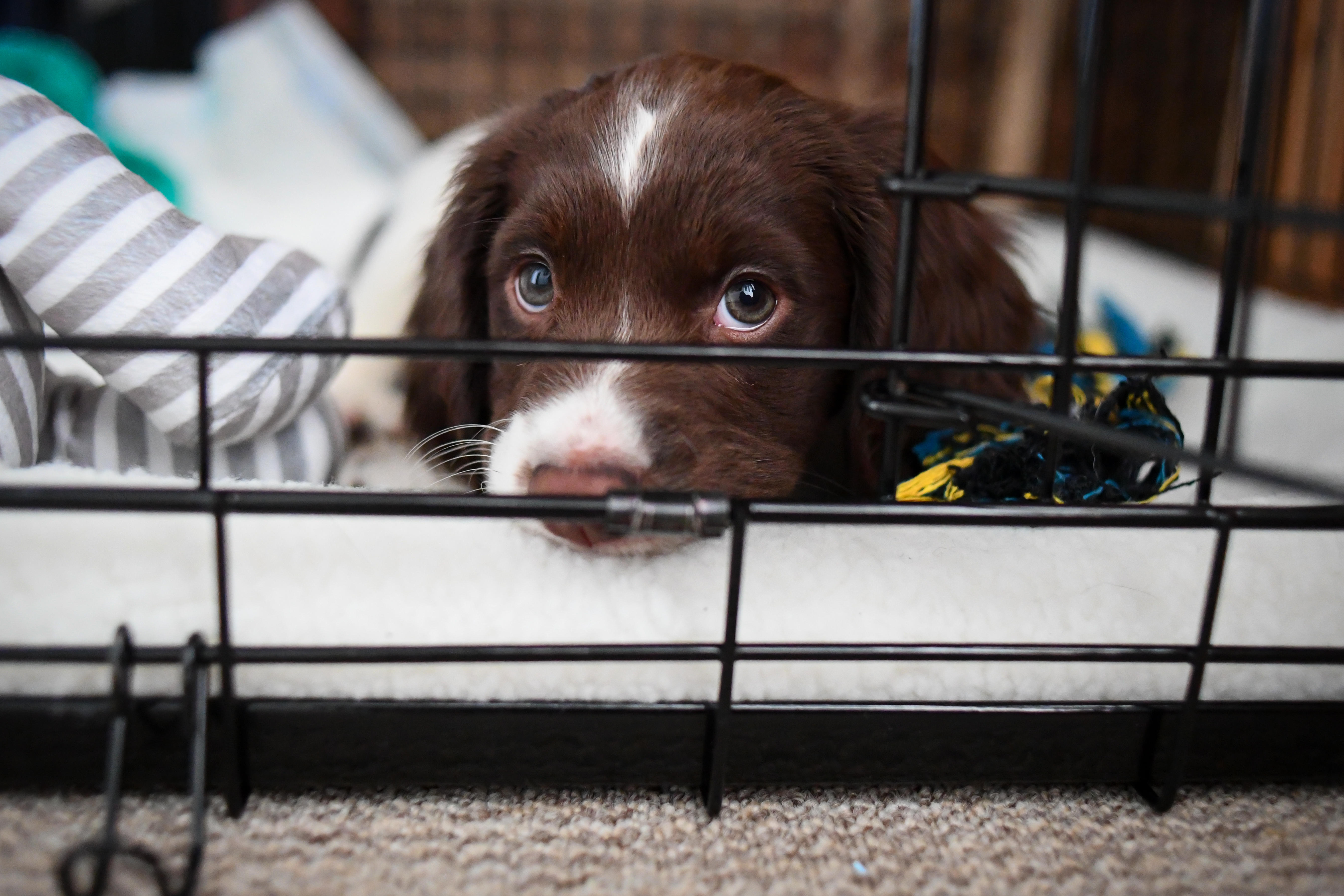
Crate training a puppy: Six tips from expert dog trainer Ben Randall
Puppy crate training can be tricky, yet it can pay dividends in all sorts of ways — even making puppy toilet
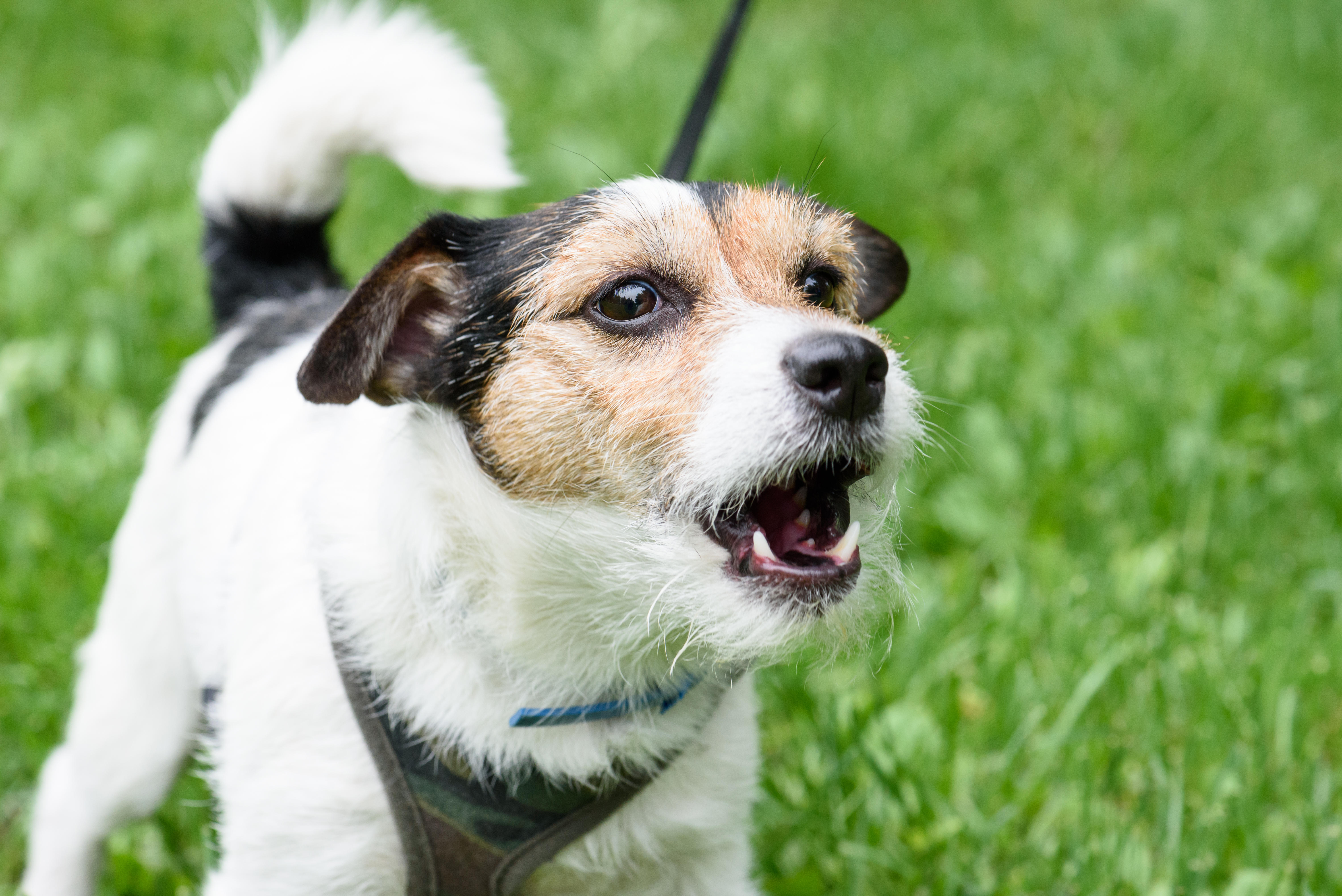
How to stop your dog from barking on a walk: Five tips from top dog-trainer Ben Randall
While out on a walk, it’s not always easy to stop your dog from barking at people — and if
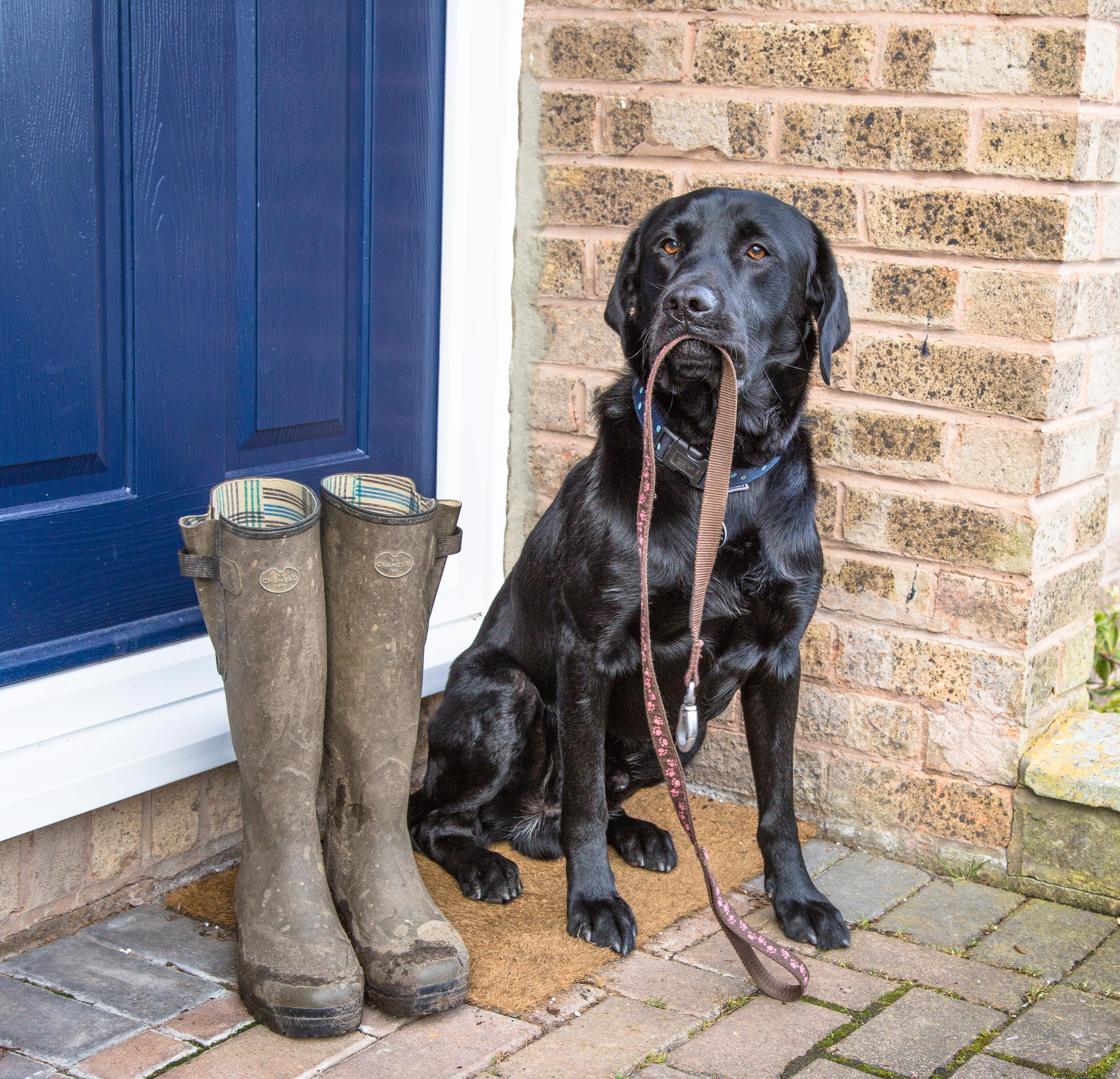
Credit: Ros Crosland / Alamy
Dog lead training: How to introduce the lead to your four-legged friend, by champion dog trainer Ben Randall
Introducing the lead to your dog can be tricky, but with a consistent routine you'll build positive associations that will
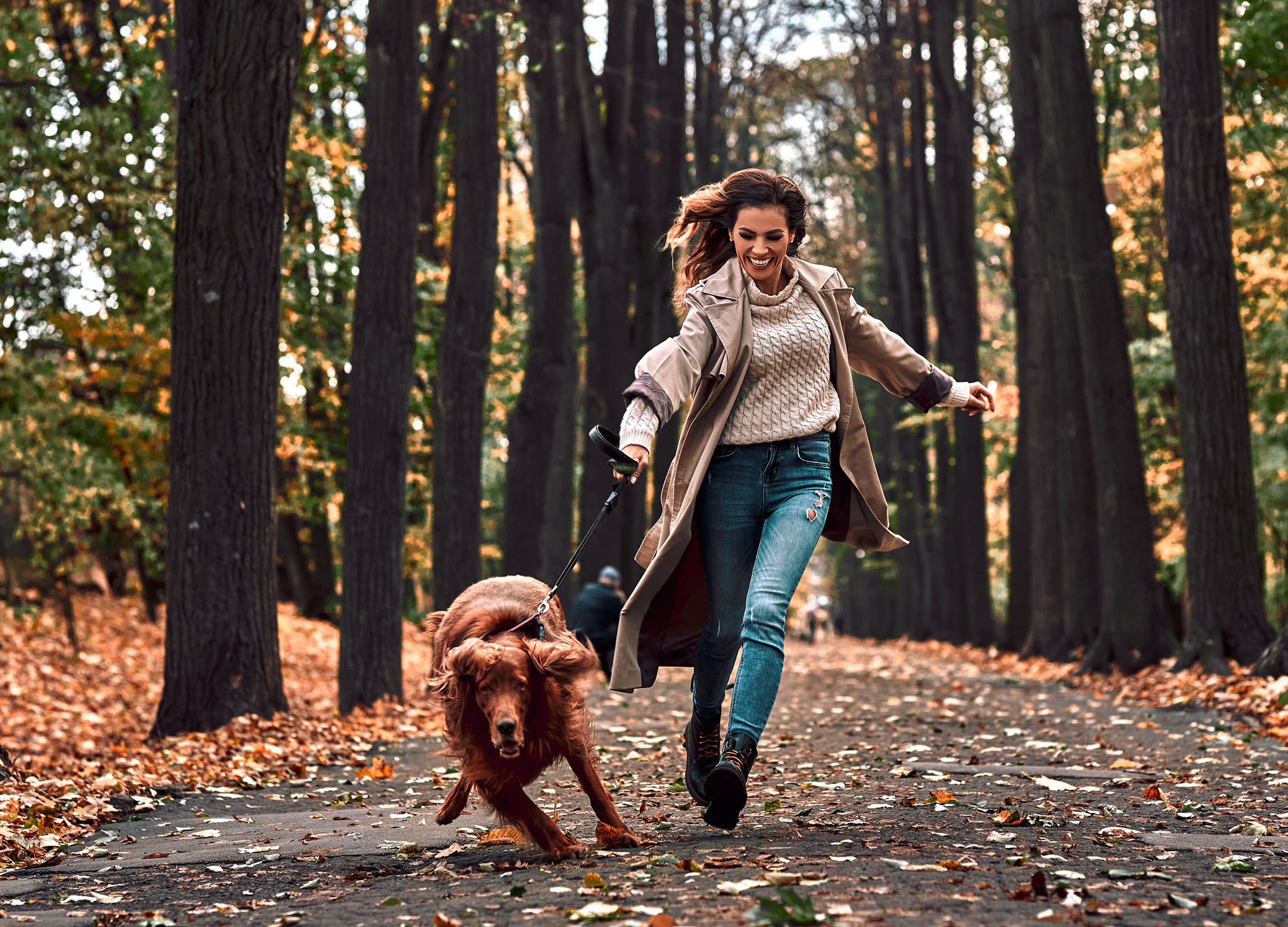
Credit: Getty Images
How to get your dog to walk to heel
Teaching your dog to stop pulling on the lead takes work, but it’s an important step in training that will
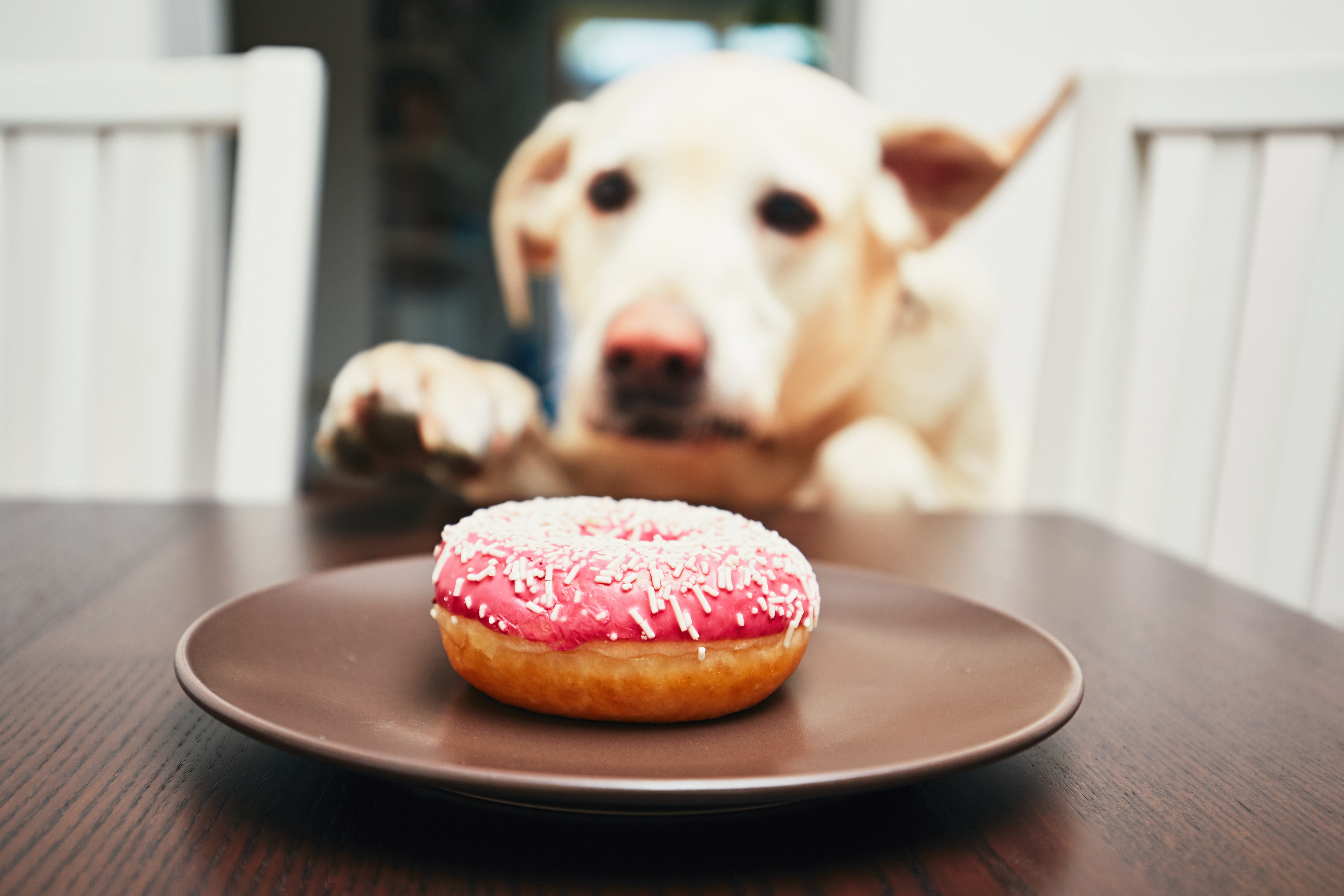
How to train your dog to leave things on command, by expert dog trainer Ben Randall
Teaching a dog to stop stealing food, clothes, TV remotes or anything else that they like to pinch can feel

Credit: Alamy
How to teach your dog to go to the toilet on the lead: Three tips from top dog trainer Ben Randall
It can be frustrating and stressful when your dog is stubbornly refusing to do its business while on a lead,
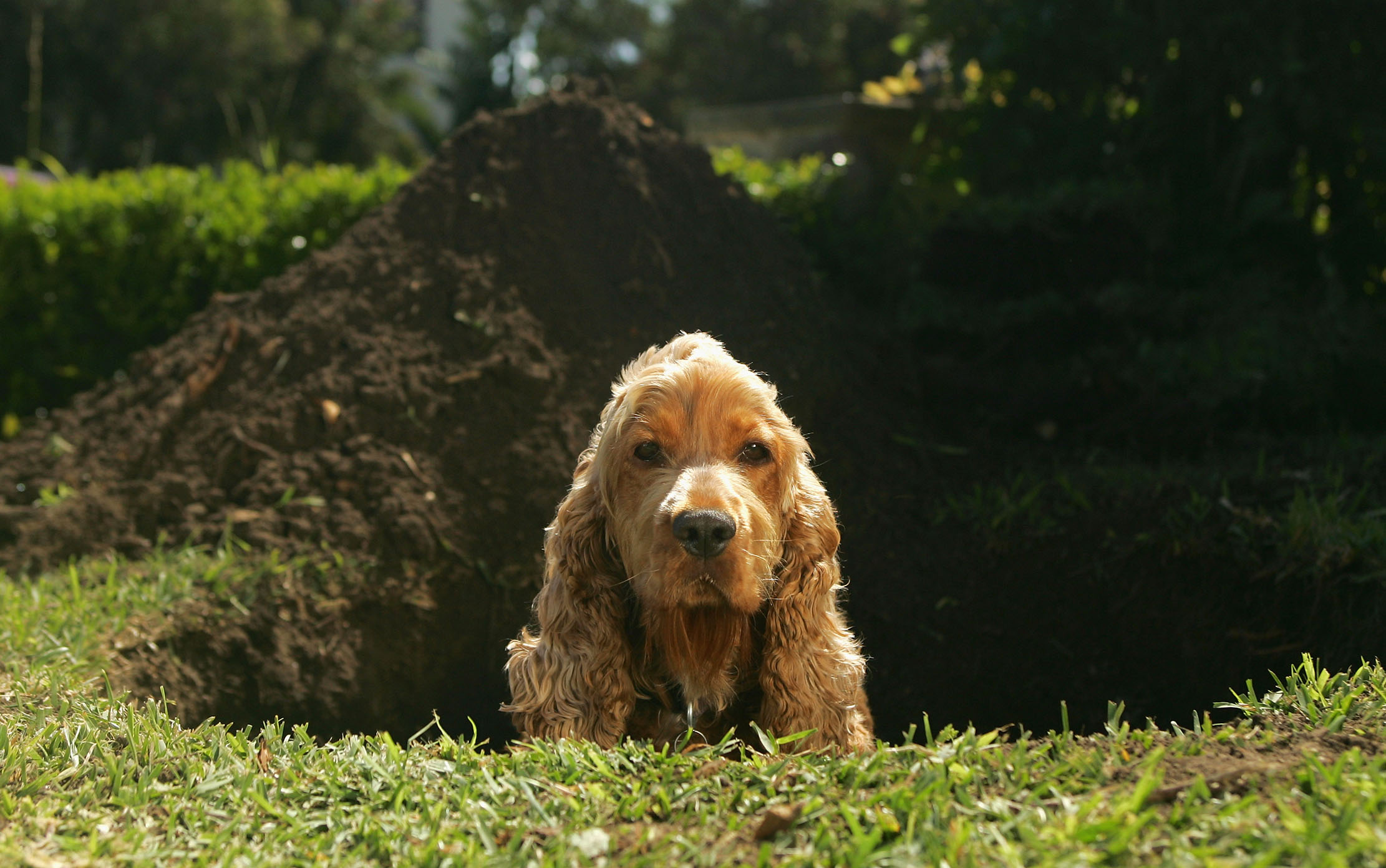
How to stop your dog digging up the garden
A dog’s enthusiasm for digging in the garden is not just hazardous for those prized petunias, but can be dangerous
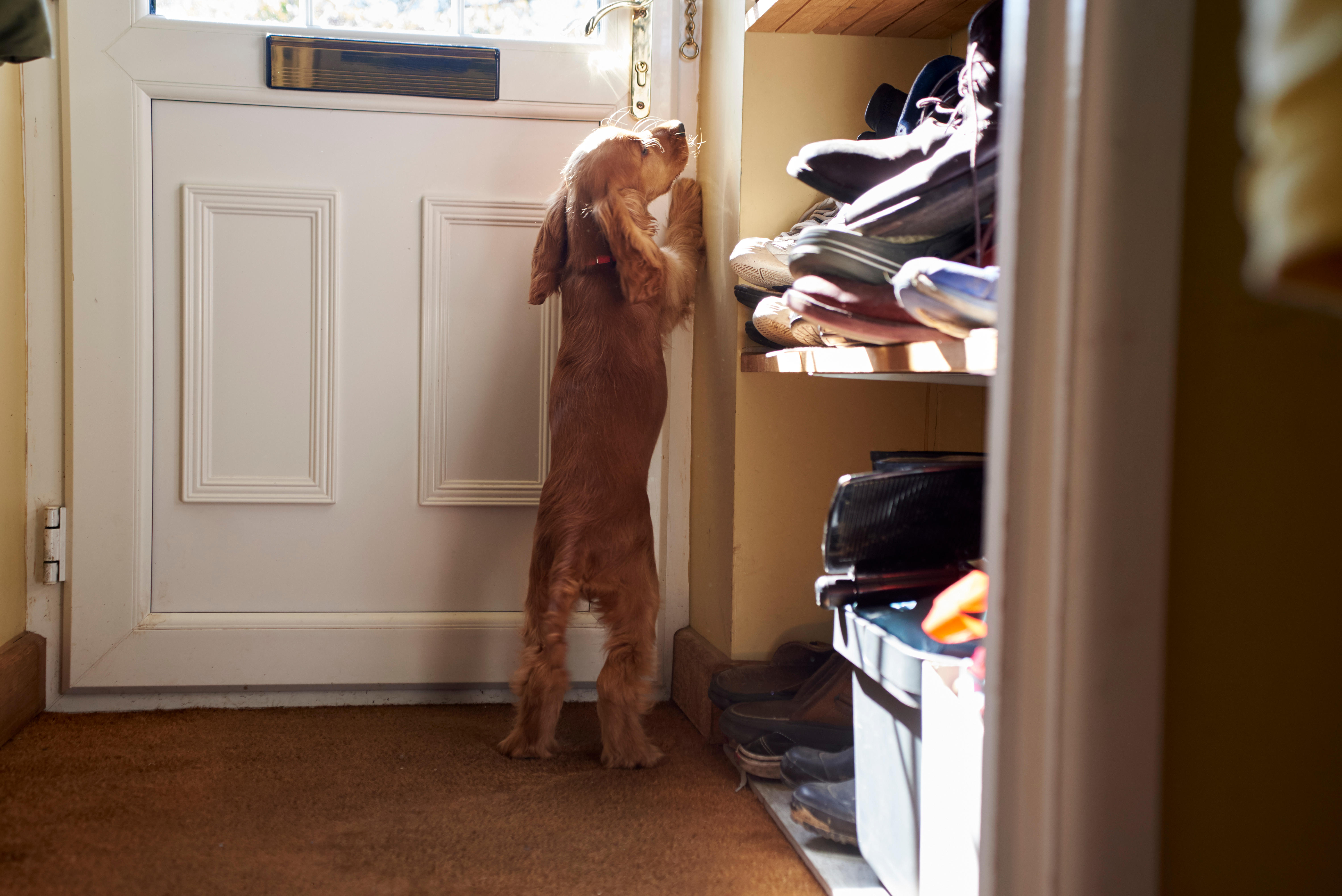
Credit: Alamy
How to stop your dog barking at the door
We know they mean well, but few things are more grating for dog owners — or more disconcerting for dog owners'
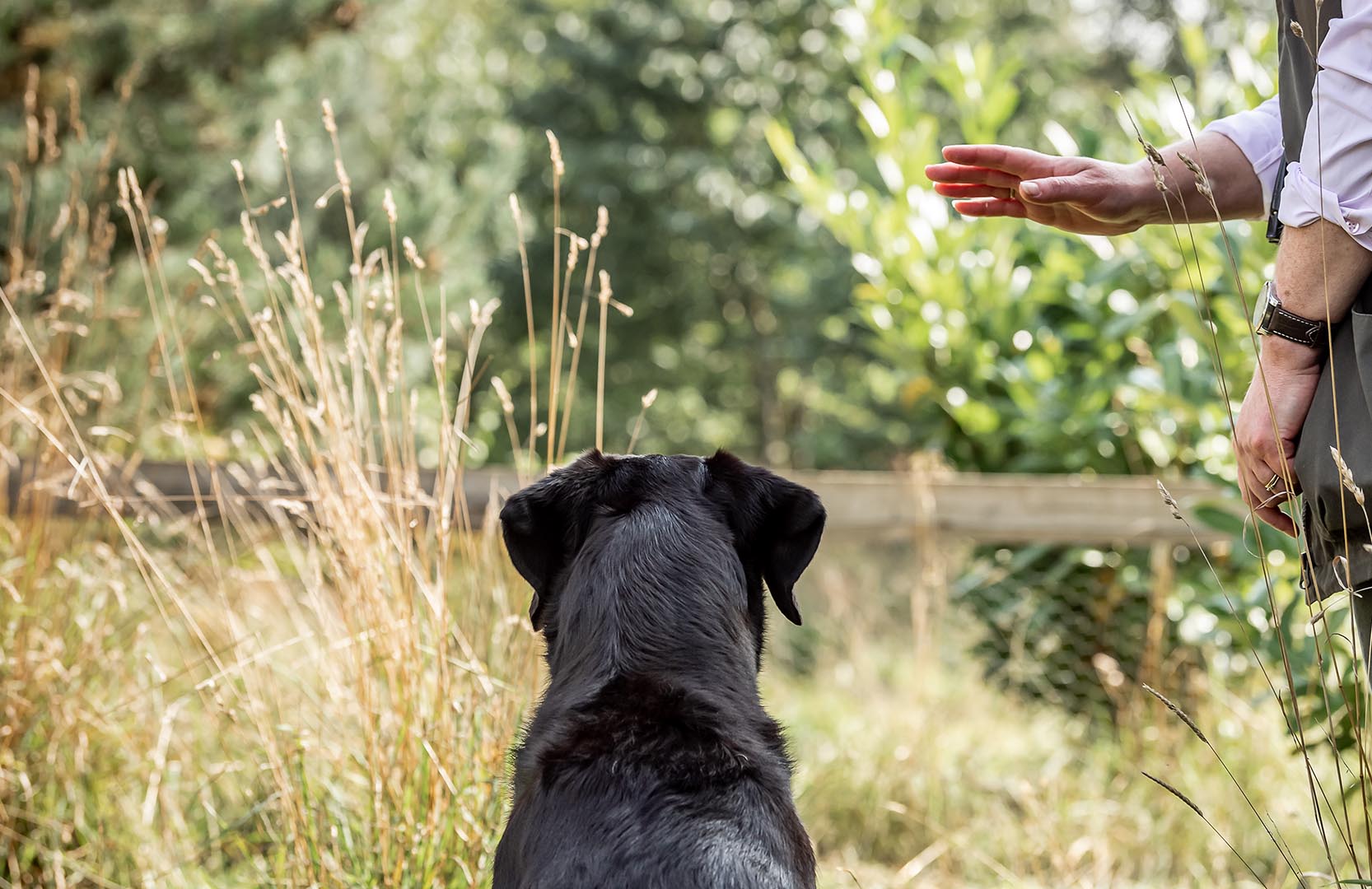
The champion dog trainer with a game-changing method who can teach any dog new tricks
Award-winning dog trainer Ben Randall — who looks after the dogs for everyone from David Beckham to Gordon Ramsay — happened
-
 Why British designers dream up the most desirable hotels
Why British designers dream up the most desirable hotelsWhen it comes to hotel design, the Brits do it best, says Giles Kime.
By Giles Kime Published
-
 The five minute guide to 'The Great Gatsby', a century on from its publication
The five minute guide to 'The Great Gatsby', a century on from its publication'The Great Gatsby' sold poorly the year it was published, but, in the following century, it went on to become a cornerstone of world literature.
By Carla Passino Published
-
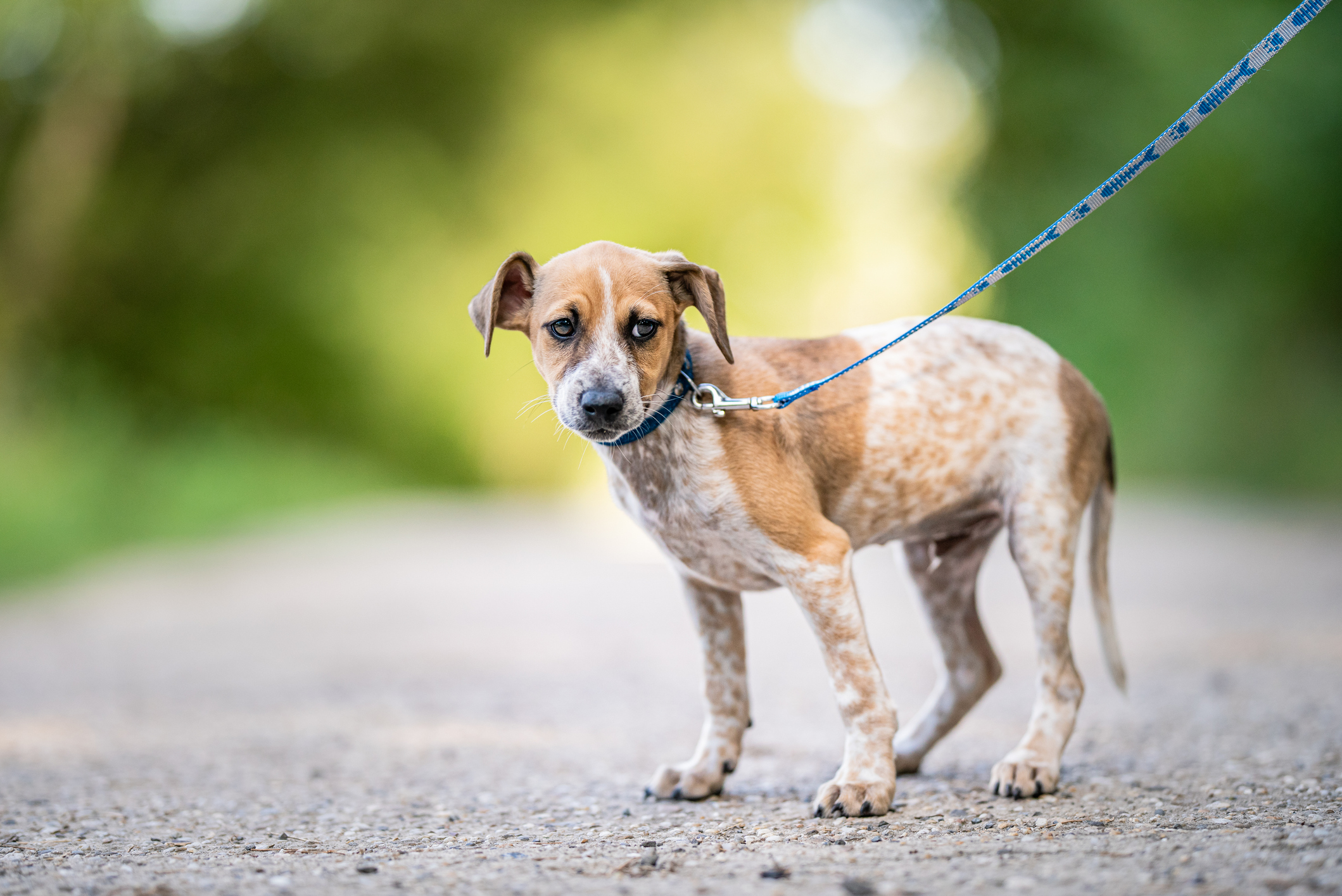 What to do when your dog gets attacked by another dog out on a walk
What to do when your dog gets attacked by another dog out on a walkBen Randall deals with a reader's difficult situation as an ordinary walk took a turn for the worse.
By Ben Randall Published
-
 How to deal with an older dog starting to show some bad behaviour after many happy years
How to deal with an older dog starting to show some bad behaviour after many happy yearsA-list dog trainer Ben Randall helps a reader whose ageing dog has started changing its behaviour — and not for the better.
By Ben Randall Published
-
 Ben Randall: Ask Country Life's canine agony uncle a question about your dog
Ben Randall: Ask Country Life's canine agony uncle a question about your dogOver the past two years our award-winning dog trainer Ben Randall has been sharing his advice with Country Life readers.
By Country Life Published
-
 How to look after a dog who's gone deaf, by A-list trainer Ben Randall
How to look after a dog who's gone deaf, by A-list trainer Ben RandallBen Randall handles a query from a reader whose dog has lost her hearing.
By Ben Randall Published
-
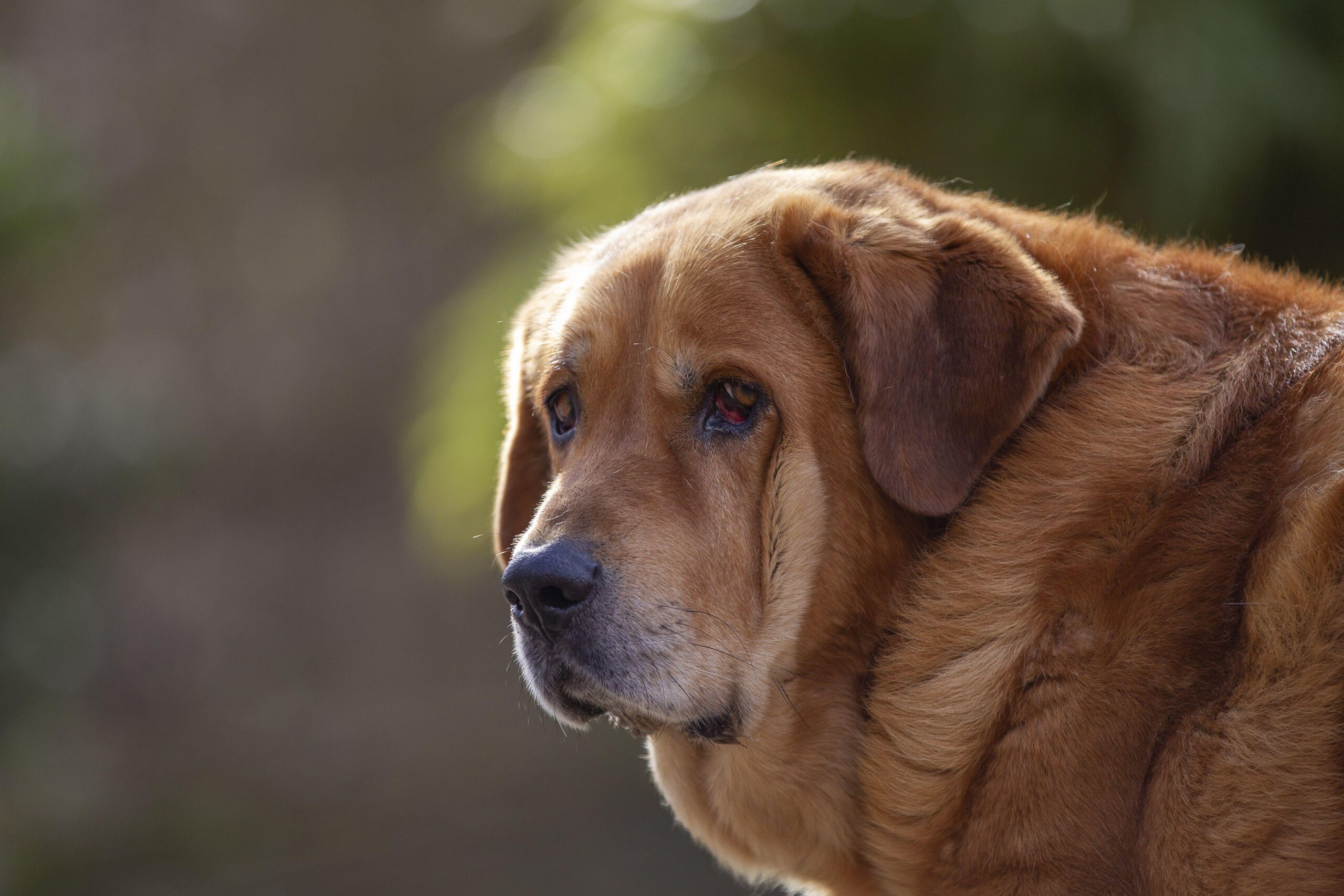 How to deal with a dog that's stronger than you are — especially when it runs off when it gets excited
How to deal with a dog that's stronger than you are — especially when it runs off when it gets excitedBen Randall tackles an issue for an owner of a dog that's almost as big as she is.
By Ben Randall Published
-
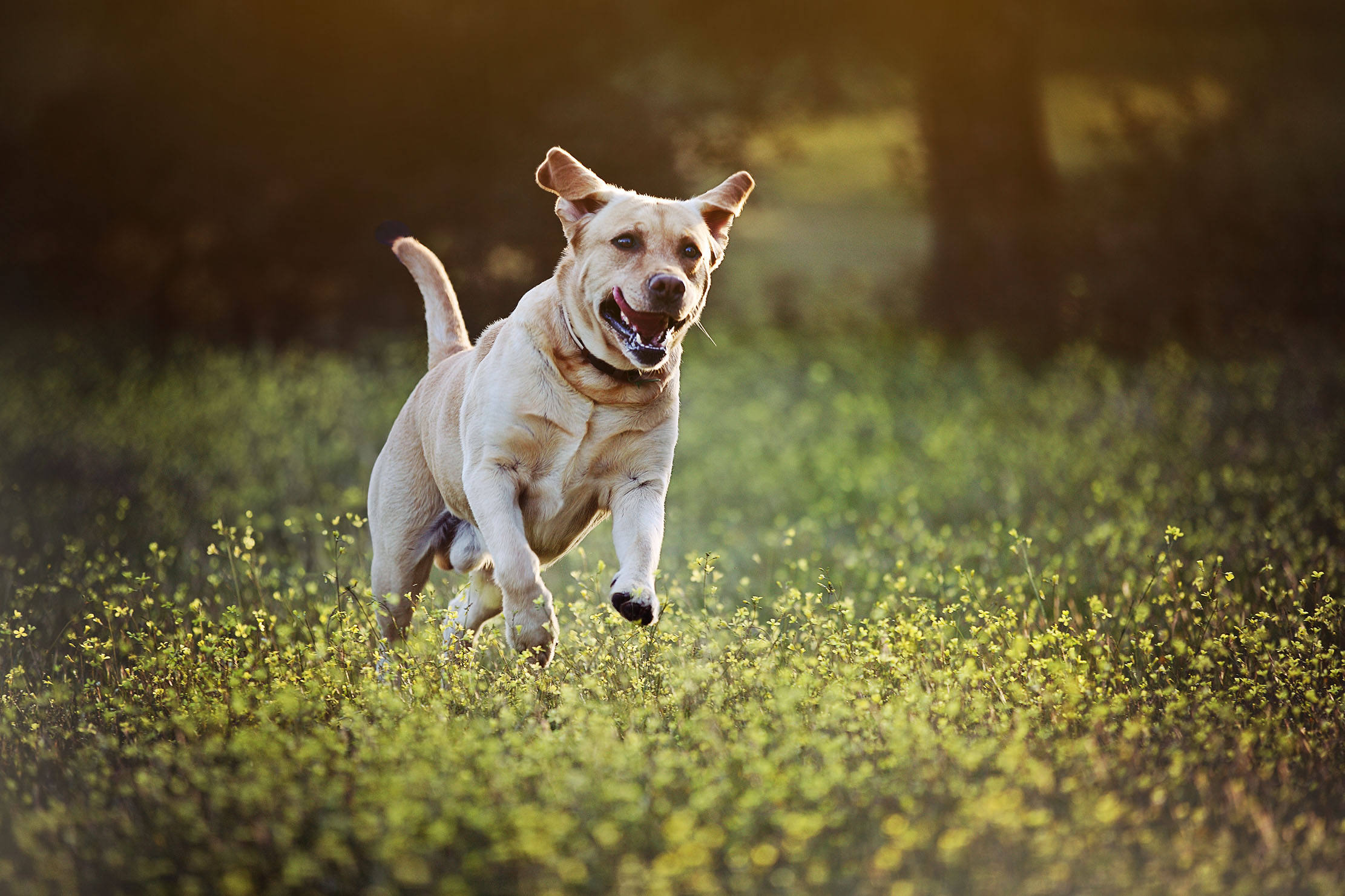 'My dog goes crazy when he sees someone with a ball launcher. How do I make him stop?': Expert trainer Ben Randall explains what to do
'My dog goes crazy when he sees someone with a ball launcher. How do I make him stop?': Expert trainer Ben Randall explains what to doTaking on a dog with ingrained bad habits can be a headache. Ben Randall explains how to retrain them to keep calm.
By Ben Randall Published
-
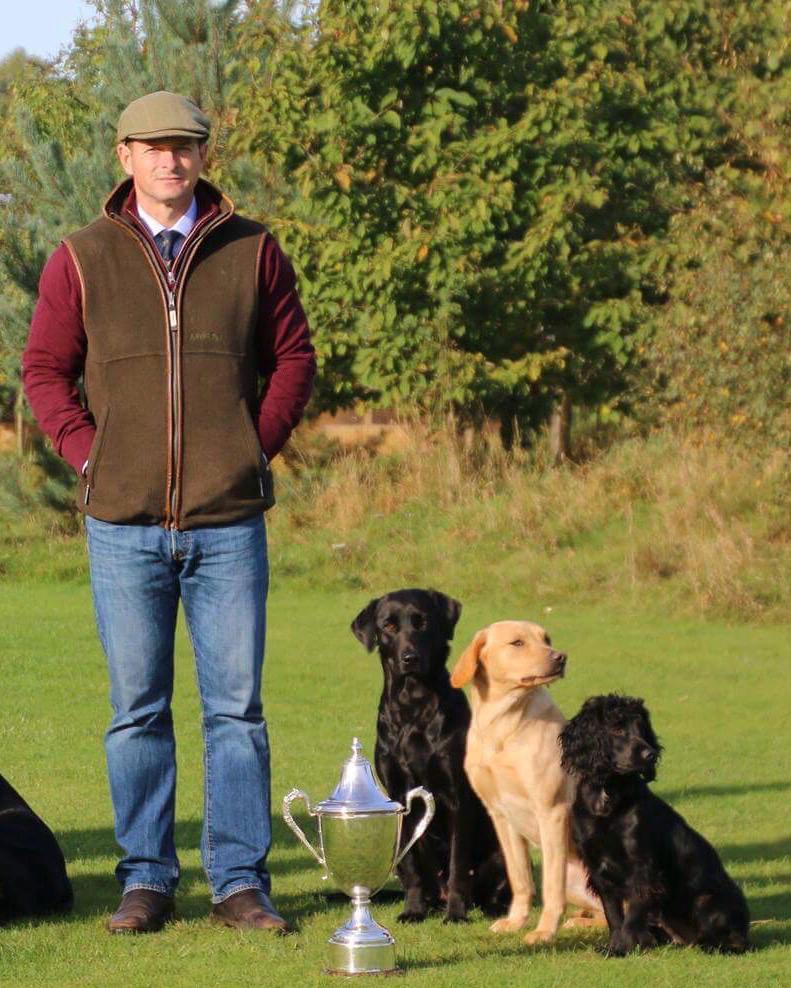 Ben Randall: Q&A with the award-winning dog trainer
Ben Randall: Q&A with the award-winning dog trainerWe speak to Country Life's canine agony uncle Ben Randall.
By Ben Randall Published
-
 How to stop your dog from being protective and barking at builders
How to stop your dog from being protective and barking at buildersBarking can be annoying and unsettling for visitors. Ben Randall looks at how to get a little peace and quiet.
By Ben Randall Published